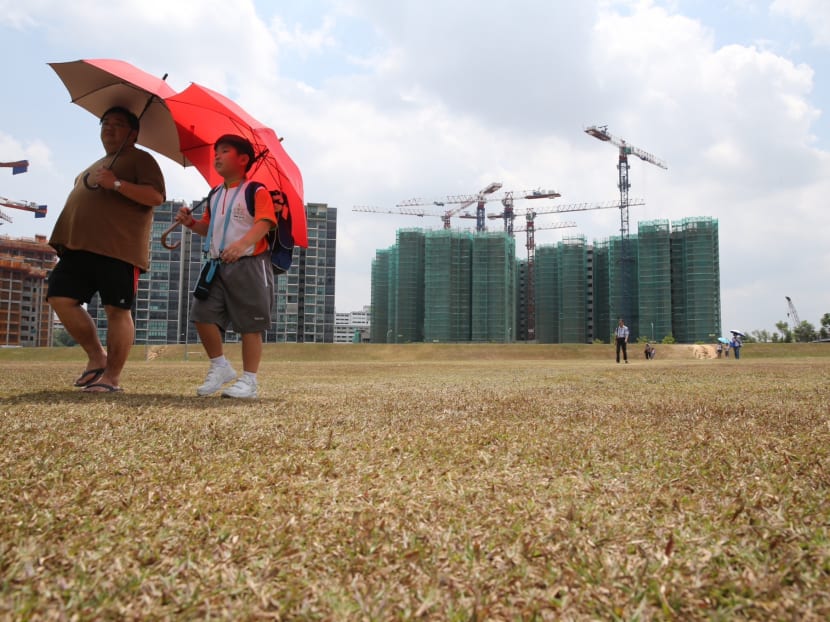Dry conditions expected to last till early March
SINGAPORE – With occasional rainy days punctuating the dry weather over the past few weeks, conditions this year have not been as parched as last year’s, when the Republic experienced its longest ever dry spell.
SINGAPORE – With occasional rainy days punctuating the dry weather over the past few weeks, conditions this year have not been as parched as last year’s, when the Republic experienced its longest ever dry spell.
But dry and occasionally windy conditions are expected to extend into early March, with Singapore and the region currently in the dry phase of the North-east Monsoon season.
“Although drier weather has been experienced in recent weeks, we are not in a dry spell as there have been occasional rain days,” said the Meteorological Service Singapore (MSS) spokesperson in response to queries from TODAY.
This year, Singapore experienced 42 days of dry weather, with daily rainfall of less than 1mm over many parts of the island. The longest period of dry weather lasted 12 consecutive days and took place just before the Chinese New Year break, from Feb 7 to 18. A dry spell is defined as having less than 1mm of rainfall registered daily over at least 15 consecutive days.
As of yesterday (Feb 24), the monthly total rainfall was 19.0mm, higher than the 0.2mm of rainfall recorded during the dry spell that hit Singapore in February last year, the MSS spokesperson said. The long-term average monthly rainfall for February is 159.9mm.
All areas of the island also recorded below average rainfall in the first half of this month, said the National Environment Agency (NEA) on their website. Rainfall for the month is expected to be below average and for the rest of February.
National water agency PUB said they have been able to maintain healthy water levels in the reservoirs despite the dry weather. PUB has also adjusted the production of NEWater and desalination water accordingly, in order to meet demand, added its spokesperson.
The agency also noted an increase in water usage of about 10 to 20 million gallons a day around two weeks before Chinese New Year due to spring cleaning – a typical trend every year. Water usage returned to normal after the festivities, they added. The agency is monitoring the situation closely and urged members of the public to do their part to save water.







